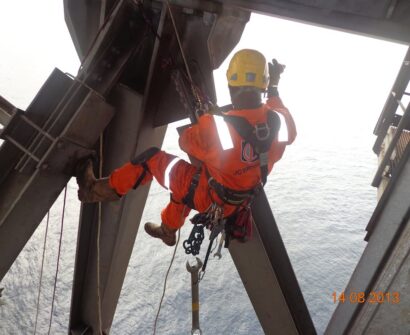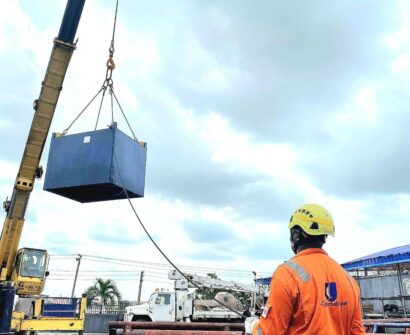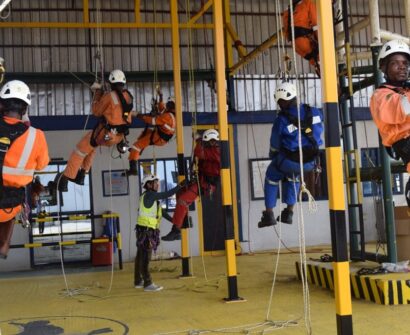The Rising Demand for Non-Destructive Testing (NDT) Training.

In today’s world, where technology and safety protocols continue to advance, industries are placing greater emphasis on quality assurance, compliance, and the reliability of materials and equipment. Non-Destructive Testing (NDT) is central to this movement. As the name suggests, NDT methods inspect and evaluate components without causing damage, which is a critical advantage for sectors like oil and gas, construction, manufacturing, and aerospace.
Given its utility and necessity, the demand for skilled NDT professionals has seen a significant surge globally. Companies and individuals alike are recognizing the need for comprehensive NDT training to maintain high standards and avoid costly, dangerous failures.
Reasons NDT Training is Highly Sought After.
- It enhances quality assurance and safety.
- It has diverse applications across industries.
- It is cost-effective and effectively manages risk.
- It ensures regulatory compliance.
- It supports career growth and offers high earning potential.

Key NDT Methods in Demand
The primary methods in NDT training that have captured attention include:
- Ultrasonic Testing (UT): Utilizes high-frequency sound waves to detect flaws.
- Radiographic Testing (RT): Uses X-rays to examine the internal structure of materials.
- Magnetic Particle Testing (MT): Detects surface and subsurface discontinuities in ferromagnetic materials.
- Liquid or Dye Penetrant Testing (PT): Helps detect surface flaws, such as cracks, on non-porous materials.
- Visual Testing (VT): Involves detailed visual inspection to spot any signs of damage.
- Eddy Current Testing (ECT): Employs electromagnetic induction to detect surface and near-surface defects in conductive materials.
Each of these methods requires specific skills, and acquiring proficiency in them opens up pathways to numerous roles within industries where quality and safety are non-negotiable.
Why Companies Are Investing in NDT Training for Their Teams
Beyond individual professionals, organizations are also making substantial investments in NDT training for their teams. Here is why:
- Increased Operational Efficiency: Properly trained NDT teams can identify faults early, preventing unexpected shutdowns and increasing equipment uptime.
- In-House Expertise: Having a trained NDT team means less reliance on external inspections, saving time and cost over the long run.
- Building a Culture of Safety: Investing in NDT training signals to employees that safety and quality are top priorities, fostering a positive safety culture across the organization.
Choosing the Right NDT Training Program
As the demand for NDT training rises, many providers are emerging to offer courses that align with industry standards. JC International, stands out as a reputable training institution dedicated to delivering high-quality NDT trainings that culminate in ASNT certification upon completion.
Our training combines theoretical knowledge with hands-on experience, ensuring trainees are fully prepared for real-world challenges. By choosing JC International, you’ are investing in recognized certifications and a brighter future in the NDT field. Join us to enhance your skills and elevate your career!
Conclusion
Non-Destructive Testing has grown into a cornerstone of quality control across industries. With its role in enhancing safety, reducing costs, and ensuring regulatory compliance, the demand for NDT-trained professionals is only set to rise. For those looking to advance their careers or companies seeking to bolster their operational capabilities, investing in NDT training is a smart, forward-looking choice that brings lasting benefits.







